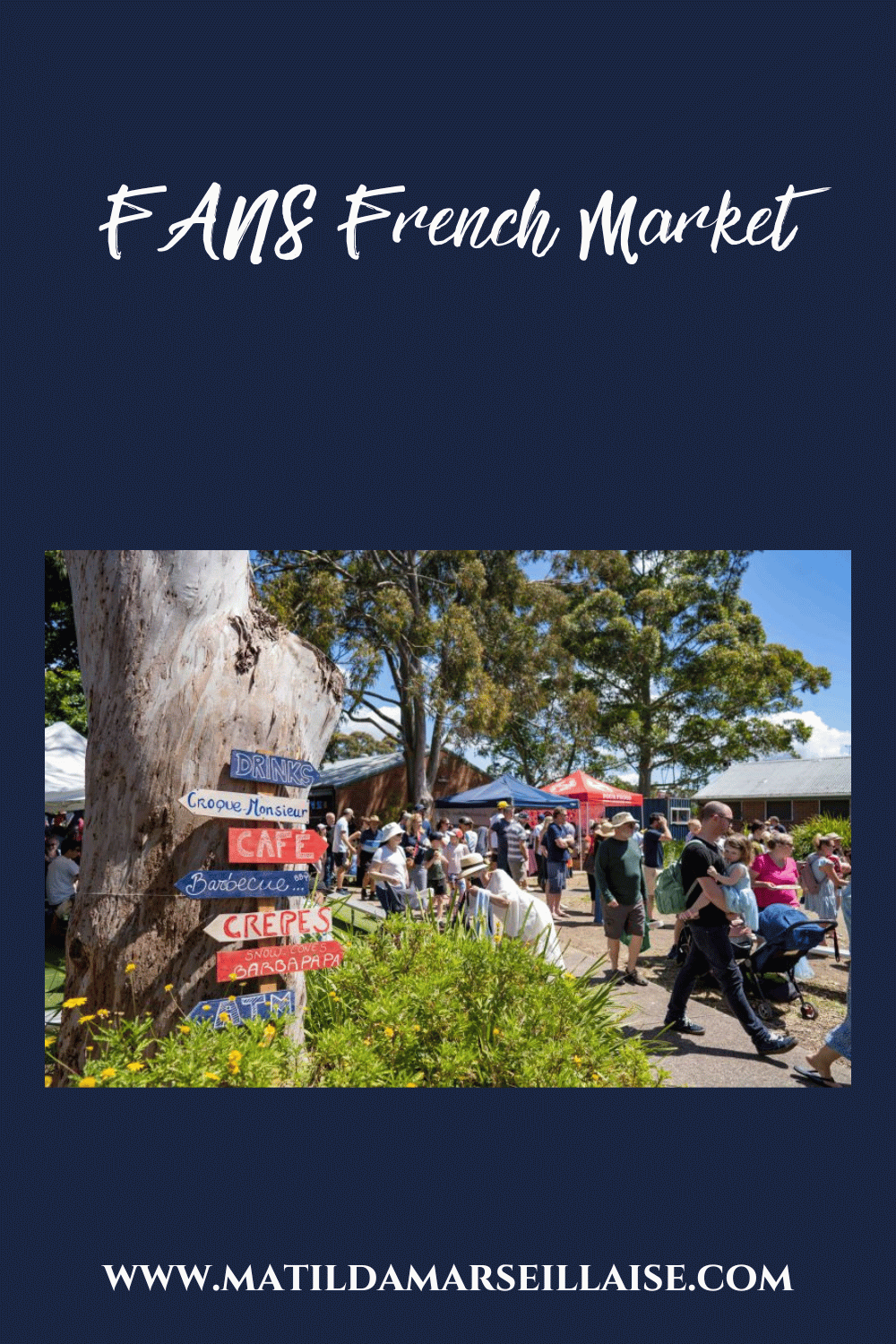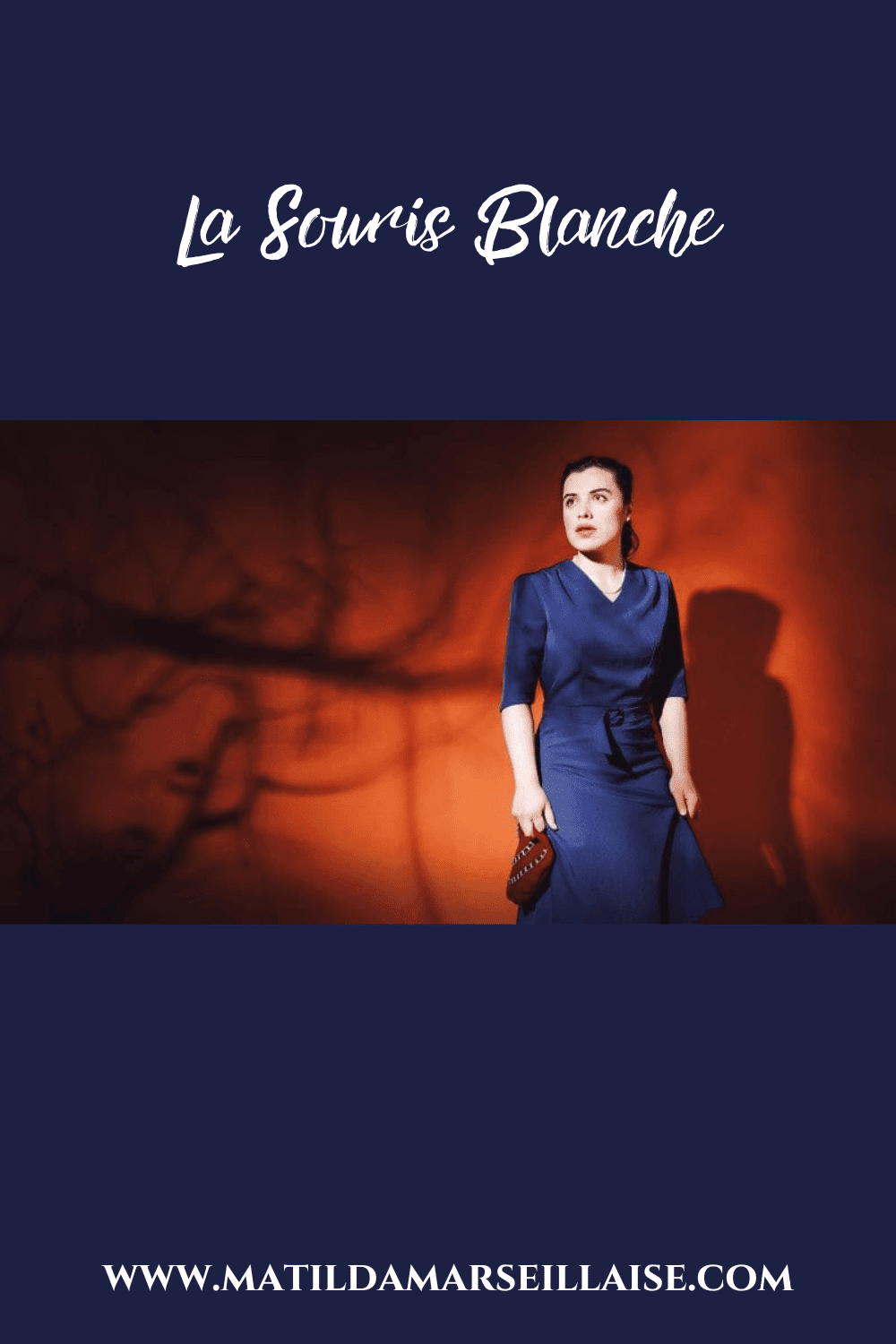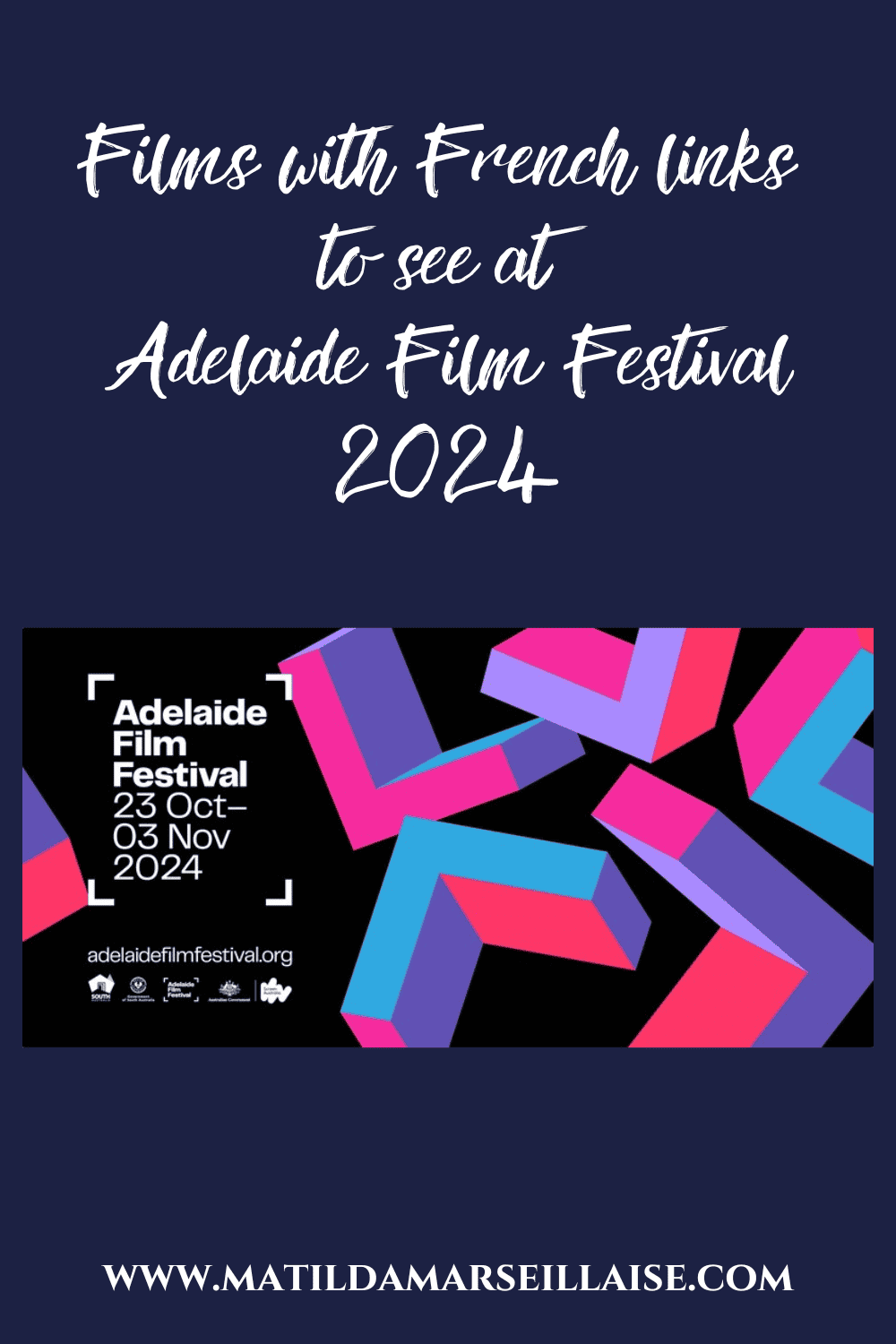The Far Side of the Moon starts with Yves Jacques telling us “Before Galileo turned his telescope towards its surface, people believed the moon was a polished mirror, its dark scars and mysterious contours reflections of our own mountains and seas. Much later in the 20th century the Soviets launched a probe to circle the moon. When it returned images of the hidden face of the moon, the one we can never see from earth, we were shocked to learn that there existed a pounded and scored face of the moon, wounded by countless meteors and storms of celestial debris. For many years American scientists called this the disfigured side of the moon. Perhaps this was because the features that comprise the far-side of the moon bear the names of Soviet cosmonauts, poets, and inventors.”
This show of just over two hours, without interval, features Yves Jacques playing all of its characters, one brother Philippe and his other brother Andre, their mother, as well as a Doctor. Through Yves Jacques’ skilful acting and Robert Lepage’s tight script, we are able to ascertain both sides of conversations purely through what is said by Yves Jacques.

The set incredible and Yves Jacques’ use of it a marvel. An ironing board is transformed into gym equipment and a bicycle. A circular window on set later becomes a washing machine, a medical scanner, an aeroplane window and a goldfish bowl. Black sliding doors permit entry into an apartment, a lecture hall and a laundromat. Chalk writing on the same doors takes us into an elevator and to reading a chalkboard. The mirrored surface which lowers and rises is reminiscent at times of a spacecraft, while at others it morphs into a hotel bar at which Philippe speaks to a bartender. The same surface permits a beautiful and somewhat magical closing scene.
Paralleling the Soviet and US competition to win the space race from the 1950s through to the 1970s is the story of two brothers, who couldn’t be more different from each other, forced to spend time together to sort out their recently deceased’s mother’s affairs. Philippe, passionate about the cosmos, idolises a Russian cosmonaut, not to be confused with an astronaut, as he amusingly explains in the hotel bar scene. Philippe, unlucky in love, finance and seemingly life, is in stark contrast to his brother Andre who is a self-assured, accomplished, partnered weatherman. Philippe sees reason and knows the way life works, Andre however refuses to let anything get in his way, whether it be a shelf that divided his childhood bedroom that he was warned wouldn’t fit in the elevator, or a goldfish he was tasked with looking after that is now dead.

The focus on the historical dates of the Space Race is largely on the unsuccessful Soviet side, which fits with the larger focus on Philippe’s bad luck whether it be not getting a job he was looking for, getting stood up, or ending up on the phone to his ex during a randomly chosen number, telemarketing call – by a strike of bad luck that seemingly could only be sent Philippe’s way.
The Far Side of the Moon, however, is more than just a tale of two brothers, it is about the human race and our relationships with others. Philippe finds himself desiring contact with other beings, with much of the play focussed on him compiling material in the hope it will be accepted into the Search for Extra-Terrestrial Intelligence (SETI) program.
The play takes you through a variety of emotions from laughter to sadness but even when it is sad it is bittersweet. It is a pleasure to finally see Robert Lepage’s production in Australia and it is not difficult to see why it has been touring the world largely since its creation in 2000.
The Far Side of the Moon is on in Adelaide as part of the Adelaide Festival until Wednesday 7 March 2018.
https://www.adelaidefestival.com.au/2018/the-far-side-of-the-moon
It will then travel to Auckland, New Zealand from 22 to 25 March 2018.
Matilda Marseillaise was a guest of the Adelaide Festival.





